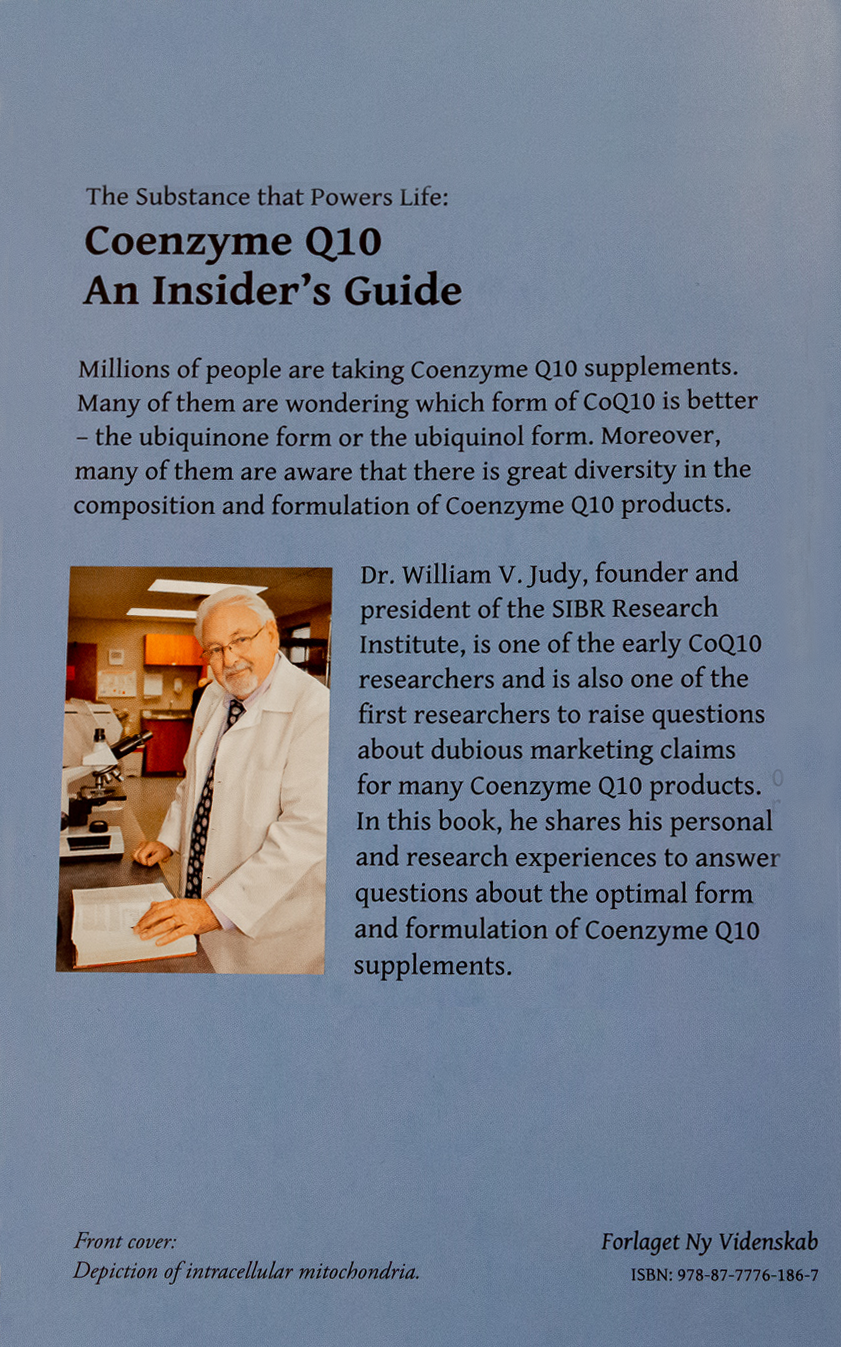
Dr. William V. Judy, president of SIBR Research and author of Coenzyme Q10: An Insider’s Guide, addresses the question of whether to buy a ubiquinone Coenzyme Q10 supplement or a ubiquinol supplement.
Here Dr. Judy writes about the question of Coenzyme Q10 supplements in the form of ubiquinone vs ubiquinol.
For some time now, I have been thinking about the data comparing the absorption and bioavailability of the two commercially available forms of Coenzyme Q10: ubiquinone and ubiquinol.
- Ubiquinone is the oxidized form of Coenzyme Q10, the form that is essential for ATP energy production in the cells. It is the most tested form. When it accepts two electrons, it is reduced and becomes ubiquinol.
- Ubiquinol is the reduced form of Coenzyme Q10. In its reduced form, Coenzyme Q10 is an important lipid-soluble antioxidant. The Coenzyme Q10 in the lymph and blood is predominantly in the ubiquinol form. This makes sense, as there is more need for antioxidant protection in the blood than there is for bio-energetics.
Some of the numbers that have been presented in marketing claims for this newer and less tested form, ubiquinol, have seemed surprisingly high.
Analysis of the Steady-State Bioavailability of Ubiquinone and Ubiquinol
I have done an analysis of the steady-state bioavailability of ubiquinol compared to 1) dry powder ubiquinone, 2) dry-powder-in-oil-base ubiquinone, and 3) crystal-free oil-based ubiquinone formulations. Note that I am not talking about studies of single-dose absorption here.
Four groups of Coenzyme Q10 bioavailability studies
For each of the four comparison groups, I have been able to compile data from at least 10 individual studies. The breakdown of the data sources shows the following number of patients in each group:
- 300 patients … ubiquinol group
- 287 patients … dry-powder ubiquinone group
- 260 patients … dry-powder-in-oil-base ubiquinone group
- 230 patients … crystal-free oil-based ubiquinone group
Level playing field for the Coenzyme Q10 comparisons
Once I had compiled the data, I converted all of the plasma concentration data to micrograms per milliliter per 100 milligram dose of ubiquinone or ubiquinol. I needed equivalent figures for comparison.
Variation in Coenzyme Q10 dosages
The reason that I calculated the new data is that there was some variation in the dosages used in the various studies. The daily dosages in the ubiquinol studies ranged from 90 to 600 milligrams per day.
In the ubiquinone studies, the dose was never greater than 200 mg/day.
Coenzyme Q10 plasma levels per 100 mg Coenzyme Q10 dosage
The end-of-study plasma concentrations in micrograms of Coenzyme Q10 per milliliter of plasma per 100 milligram dosage were as follows:
- 1.37 mcg/ml/100mg for the ubiquinol group
- 1.15 mcg/ml/100 mg for the dry-powder ubiquinone group
- 1.36 mcg/ml/100 mg for the dry-powder-in-oil-base ubiquinone group
- 3.90 mcg/ml/100mg for the crystal-free oil-based ubiquinone group
It can be seen that the ubiquinol group had a 19% higher bioavailability than the dry-powder ubiquinone group.
However, the ubiquinol group had only a 1% higher bioavailability than the dry-powder-in-oil-base ubiquinone group.
But, notice, the crystal-free oil-based ubiquinone group had a 185% higher bioavailability than the ubiquinol group.
This caught my attention because the marketing of ubiquinol products on the Web gives the impression that any ubiquinol product will be better absorbed than any ubiquinone Coenzyme Q10 product.
There seems to be a discrepancy between the marketing claims for ubiquinol products and studies of the bioavailability of ubiquinol.
As shown, improved formulations of ubiquinone CoQ10 over the years has resulted in improved uptake and improved bioavailability. Many of the marketing claims for better absorption of ubiquinol have been based on comparisons of the results from ubiquinol studies with the results from ubiquinone CoQ10 studies from many years earlier.
Please keep in mind that increased daily doses given at one time do not give the same increase in absorption and bioavailability that divided daily doses give. Singh et al [2005] have shown that 2 x 100 mg of Coenzyme Q10 in divided doses with meals will give a better outcome than 1 x 200 mg with a meal.
Misleading percentages in marketing claims for ubiquinol
My little comparison study is perhaps the first serious attempt to compare the bioavailability of ubiquinone and ubiquinol products on an equal footing.
In comparisons of this type, it is important that the units of comparison are the same for all groups.
It is also important to know which type of ubiquinone Coenzyme Q10 product – dry powder, dry powder in oil, or crystal-free oil-based – the ubiquinol is being compared to.
Presence or absence of CoQ10 crystals in products
The reason for the low differences in the dry-powder ubiquinone group and the dry-powder-in-oil-base ubiquinone group is that both products contain many CoQ10 crystals.
Note that only the crystal free formulation contained no crystals. The body can’t absorb a crystal.
Two things to remember here:
- Body temperature is not high enough to dissolve CoQ10 crystals.
- The human GI system cannot absorb crystals of any substance, let alone CoQ10 crystals.
The crystal-free ubiquinone group has much greater absorption and bioavailability because there are no CoQ10 crystals in the product.
A variation on the crystal-free formulation is the formulation that changes the shape of the CoQ10 crystals from the rhomboid-shaped crystals in the raw material to snowflake-shaped crystals with a correspondingly much greater ratio of surface area to volume at room temperature and at body temperature.
Formulations with differently shaped crystals with a greater surface area to volume ratio enable the dissolution of the crystals to single CoQ10 molecules in stomach and small intestines.
It is as single molecules that the absorption cells in the small intestines can take in Coenzyme Q10.
Limitations of the CoQ10 comparisons
It should be noted that the studies from which I have drawn the data for my comparison are studies that were done on different patients and done by different laboratories with different study protocols. Still, my presentation of the data is on the basis of uniform 100 mg per day dosages.
Bioavailability important, beneficial effects more important
Yes, absolutely, you must be careful when you buy a Coenzyme Q10 product. Marketing claims can be misleading. Good quality does cost more money.
However, given what my comparison study shows, it does not make sense to pay more for a ubiquinol supplement. We know that a good ubiquinone CoQ10 supplement will raise your blood ubiquinol concentration significantly [Mohr 1992, Zhang 2018].
Why do you need a Coenzyme Q10 supplement?
Based on the research results that I have seen, you seriously need a Coenzyme Q10 supplement of good quality if you belong in one of the following categories:
- Healthy but elderly person (above 40-45 years of age)
- Patient diagnosed with heart failure
- Patient taking a statin medication
- Patient with hypertension
- Patient diagnosed with chronic fatigue syndrome
- Person engaging in strenuous exercise
Please note that the information presented in this review article is not intended as medical advice and should not be used as such.
22 January 2021


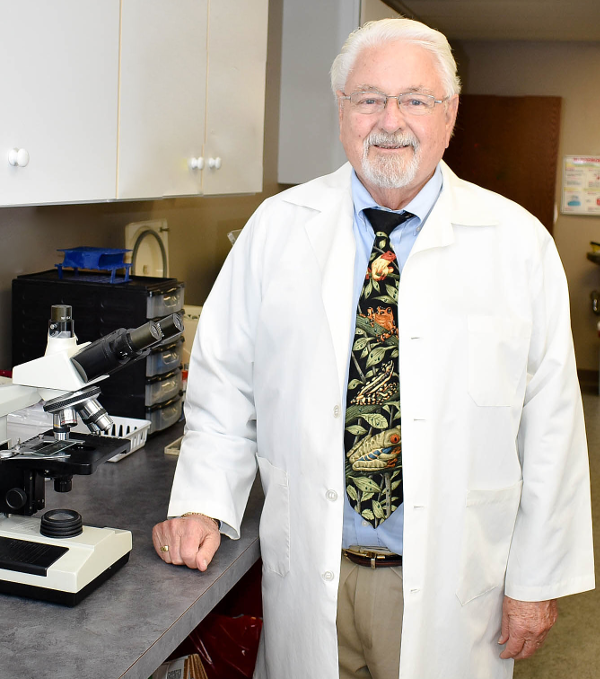
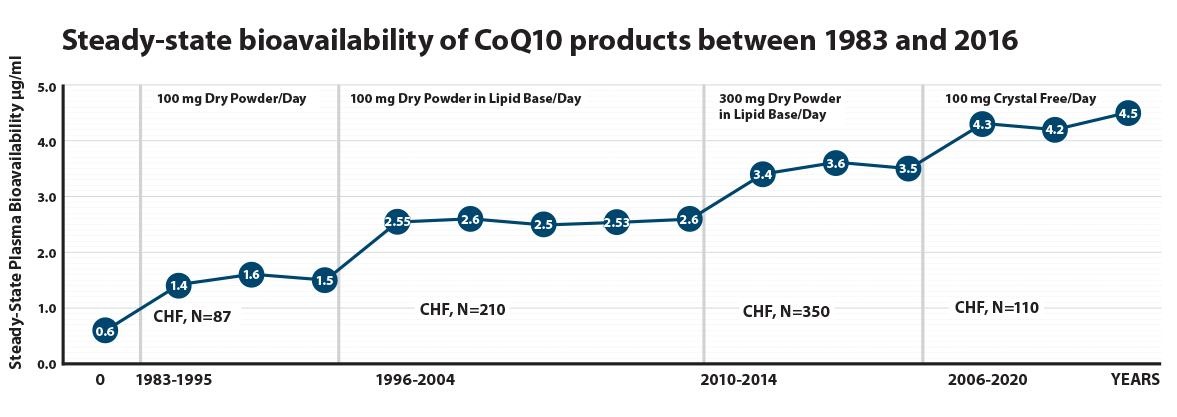
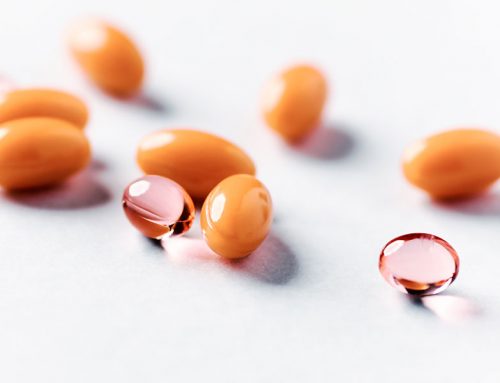

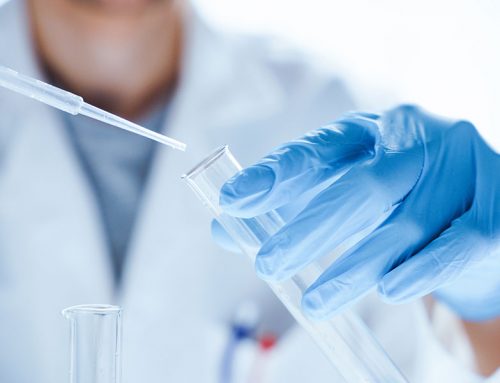
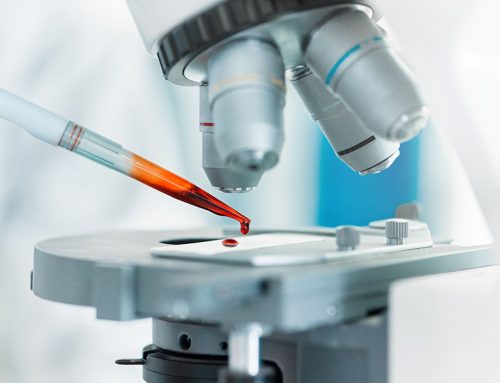
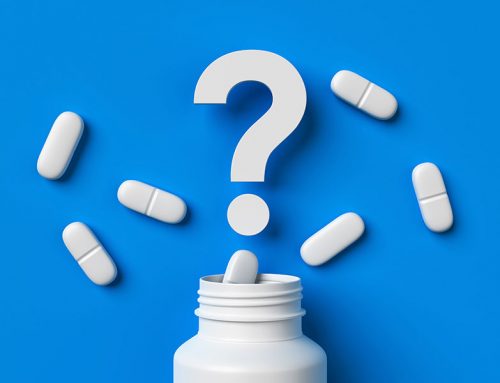

Leave A Comment